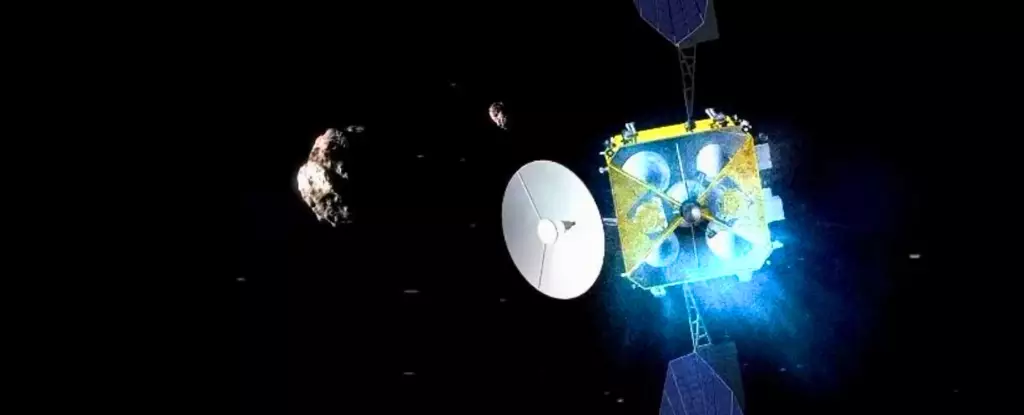On Thursday, China made headlines with the launch of its pioneering space probe, Tianwen-2, marking an unprecedented mission aimed at retrieving samples from the near-Earth asteroid 2016HO3. This project not only exemplifies China’s increasing prowess in space exploration but also demonstrates its ambitious aspirations to unravel the mysteries of our Solar System and beyond. The state-run Xinhua news agency reported the successful liftoff of the probe aboard a Long March-3B rocket from the Xichang launch base in Sichuan province.
Investment in the Cosmic Dream
For years, China has extensively invested in its space initiatives, a commitment reflected in President Xi Jinping’s vision for the nation’s “space dream.” With billions of dollars funneled into research and development, the country aims not only to catch up with Western nations but to take the lead in future space exploration endeavors. The establishment of a permanent lunar base within this decade and the construction of the Tiangong space station underscore its serious commitment to becoming a dominant force in the field. These ambitious projects align with Xi’s goal of elevating China’s status on the global stage through technological and scientific advancements.
Exploration and Discovery
The Tianwen-2 mission is particularly noteworthy for its scientific significance. The asteroid 2016HO3, described as a “living fossil,” holds primitive materials that could provide invaluable insights into the evolution of the Solar System. The probe is tasked with capturing these samples to expand our understanding of planetary formation and celestial history. As scientists explore not just the asteroid but also the comet 311P – an intriguing celestial body that blurs the lines between asteroids and comets – they stand on the brink of potentially groundbreaking discoveries that could alter our perception of the cosmos.
Challenging the Odds
The journey ahead for Tianwen-2 is fraught with challenges; the mission is designed to last approximately a decade, and space travel inherently carries significant risks. However, China’s National Space Administration (CNSA) expresses high hopes for the mission’s success, emphasizing the potential for substantial scientific yields. The vast complexity of such undertakings requires not only advanced technology but also meticulous planning and international collaboration, reminding us that exploring the universe is a multifaceted endeavor demanding global effort.
China’s Rising Space Power
Historically, China ranks as the third nation to successfully send humans into orbit, following the United States and the Soviet Union. The achievements of its space program, including landing robotic rovers on the Moon and Mars, further solidify its position as a burgeoning power in extraterrestrial exploration. Tiangong, China’s space station, serves as a testament to this ambition and has been a focal point for scientific research. Recent missions like Shenzhou-20, which deployed three astronauts for a six-month stay aboard Tiangong, exemplify China’s dedication to fostering human presence in space.
In sum, as China unfurls its ambitions in astrobiology and lunar exploration, the world watches closely, intrigued by the possibilities that lie ahead. The Tianwen-2 mission not only exhibits China’s technological achievements but also its aspirations to navigate the unknown, ultimately broadening humanity’s understanding of the universe.


Leave a Reply